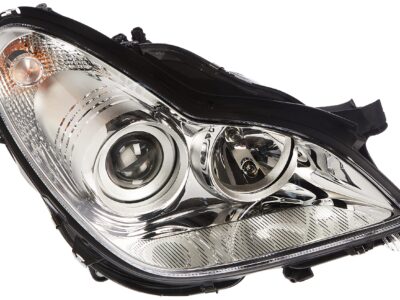
Preventing Engine Overheating in Your Fiat Panda
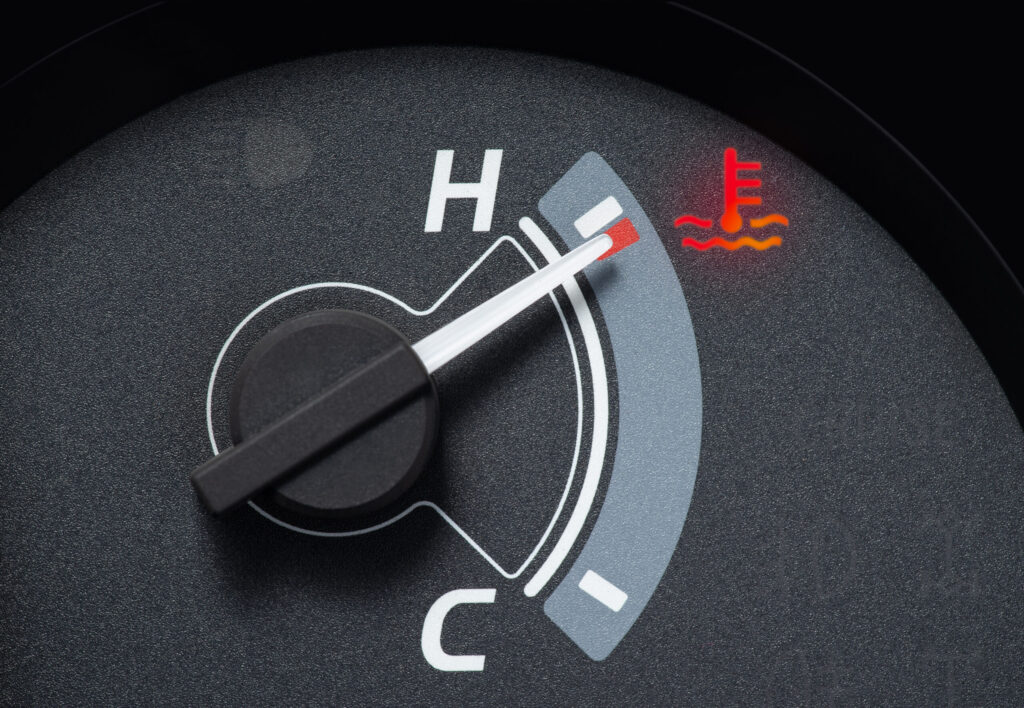
The Fiat Panda is a popular city car known for its reliability and maneuverability. However, like any vehicle, it can be prone to engine overheating, a problem that can cause significant damage if not addressed promptly. Engine overheating in your Fiat Panda can be caused by a variety of factors, including low coolant levels, a faulty thermostat, or a malfunctioning radiator fan. In this article, we will explore the common causes of engine overheating in the Fiat Panda and provide practical tips on how to prevent it, ensuring your car runs smoothly and efficiently for years to come.
Understanding the Causes of Engine Overheating in Your Fiat Panda
Engine overheating is a common issue that can lead to significant damage to your Fiat Panda if not addressed promptly. The causes of engine overheating can vary, but it is often related to issues with the cooling system. A faulty thermostat, a leak in the cooling system, or a malfunctioning water pump can all contribute to the engine overheating. Additionally, low coolant levels, a clogged radiator, or a faulty temperature sensor can also be culprits. It is essential to understand these causes to prevent overheating and ensure the longevity of your vehicle's engine.
Importance of Regular Coolant Checks
Regular coolant checks are crucial in preventing engine overheating. The coolant plays a vital role in regulating the engine's temperature. If the coolant level is low, the engine can quickly overheat, leading to costly repairs. It is recommended to check the coolant level regularly and top it off as needed. Moreover, the coolant should be changed periodically as per the manufacturer's schedule to ensure it remains effective. Neglecting coolant checks can lead to premature wear on engine components.
Role of the Thermostat in Engine Temperature Regulation
The thermostat is a critical component in the cooling system, responsible for regulating the engine's temperature. A faulty thermostat can cause the engine to overheat by preventing the coolant from circulating properly. If the thermostat is stuck closed, the coolant cannot flow into the engine, leading to a rapid increase in temperature. Conversely, if it is stuck open, the engine may not reach its optimal operating temperature, leading to decreased performance. A properly functioning thermostat is essential for maintaining the optimal engine temperature.
Impact of a Clogged Radiator on Engine Performance
A clogged radiator can significantly impact the performance of your Fiat Panda's engine. When the radiator is clogged, the coolant cannot flow freely, leading to a buildup of heat in the engine. This can cause the engine to overheat, resulting in damage to the engine block, cylinder head, or other components. Regularly inspecting the radiator for signs of damage or blockage and addressing any issues promptly can help prevent overheating. Cleaning or replacing a clogged radiator can help restore optimal engine performance.
| Cause of Overheating | Symptoms | Solution |
|---|---|---|
| Low Coolant Level | Temperature gauge rising, coolant leak | Check and top off coolant level |
| Faulty Thermostat | Engine overheating, temperature fluctuations | Replace thermostat |
| Clogged Radiator | Engine overheating, radiator leak | Inspect, clean or replace radiator |
What can I put in my engine to stop overheating?
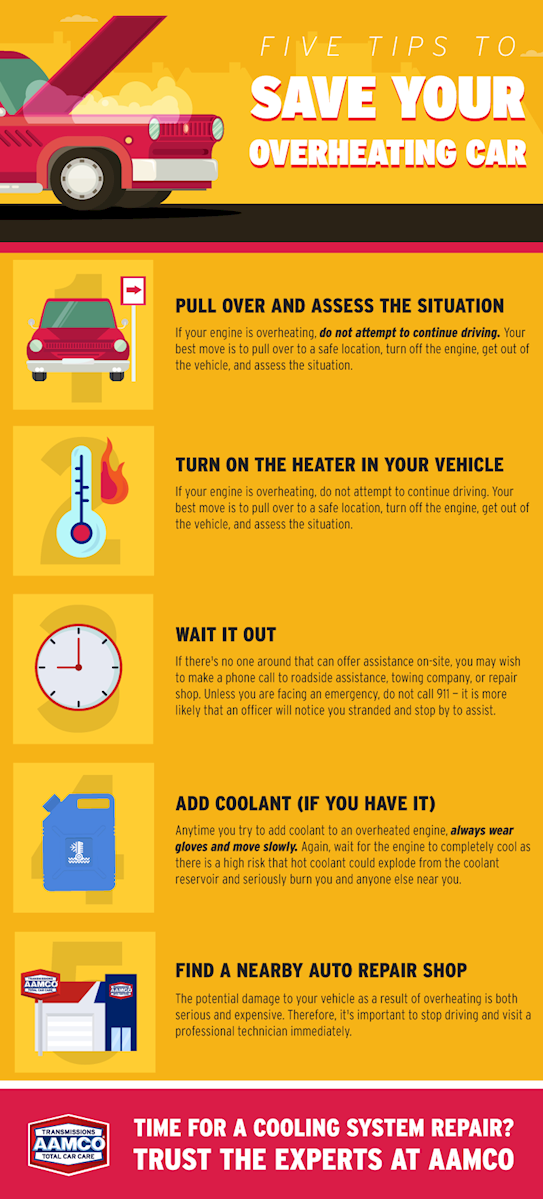
To address the issue of engine overheating, several solutions can be considered. One of the primary steps is to identify the root cause of the overheating, which could be due to a variety of factors including low coolant levels, a malfunctioning thermostat, or a leak in the cooling system.
Coolant Solutions
Using the right coolant is crucial for maintaining the health of your engine's cooling system. The coolant helps in dissipating heat from the engine. To enhance its effectiveness, you can consider using a coolant with a higher boiling point or adding a coolant additive that can improve its heat transfer properties. Some of the key considerations include:
You may be interested in reading Fixing Fiat Panda Door Lock Malfunctions: A Comprehensive Guide
Fixing Fiat Panda Door Lock Malfunctions: A Comprehensive Guide- Ensuring the coolant is compatible with your engine's material, such as aluminum or copper.
- Checking the coolant's concentration to ensure it is at the recommended level.
- Using a coolant that has anti-corrosion properties to protect the engine and cooling system components.
Cooling System Enhancements
In addition to using the right coolant, there are other enhancements you can make to your cooling system to prevent overheating. These include upgrading your radiator or adding a more efficient cooling fan. Some other options to consider are:
- Upgrading to a high-performance radiator that can provide better heat dissipation.
- Installing an auxiliary cooling fan to supplement the existing fan and improve airflow.
- Ensuring that the cooling system's hoses and connections are in good condition to prevent leaks.
Engine Modifications
In some cases, engine overheating can be a result of the engine's design or its operating conditions. Modifying certain aspects of the engine or its operation can help mitigate overheating. Some potential modifications include:
- Adjusting the engine's timing to reduce the heat generated during combustion.
- Using a higher octane fuel that can help in reducing the engine's tendency to knock or ping, which can generate excessive heat.
- Ensuring that the engine is properly maintained, including regular oil changes, to reduce friction and heat generation.
What protects the engine from overheating?

The engine is protected from overheating by a combination of systems and components that work together to regulate its temperature. The primary system responsible for this is the cooling system, which is designed to absorb and dissipate heat away from the engine.
Cooling System Components
The cooling system consists of several key components that play a crucial role in preventing engine overheating. These components work together to circulate a coolant through the engine, absorbing heat and transferring it to the atmosphere.
The main components include:
- Radiator: a heat exchanger that dissipates heat from the coolant to the atmosphere
- Water pump: a pump that circulates the coolant through the engine and radiator
- Coolant: a liquid that absorbs heat from the engine and transfers it to the radiator
Coolant Functionality
The coolant is a critical component of the cooling system, as it is responsible for absorbing heat from the engine and transferring it to the radiator. The coolant is a mixture of water and antifreeze, which provides corrosion protection and prevents the coolant from freezing in cold temperatures.
Some key aspects of coolant functionality include:
- Heat absorption: the coolant absorbs heat from the engine block, cylinder head, and other components
- Heat transfer: the coolant transfers the absorbed heat to the radiator, where it is dissipated to the atmosphere
- Corrosion protection: the antifreeze component of the coolant helps to protect the engine and cooling system components from corrosion
Additional Overheating Prevention Measures
In addition to the cooling system, there are other measures that help to prevent engine overheating. These include proper engine maintenance, such as regular oil changes and checking the cooling system for leaks.
Some additional measures include:
- Temperature monitoring: the engine temperature is monitored by a temperature sensor, which alerts the driver to any potential issues
- Cooling system maintenance: regular checks and maintenance of the cooling system help to prevent overheating
- Engine design: modern engines are designed with features such as improved cooling passages and heat-resistant materials to help prevent overheating
How do you fix a car that keeps overheating?

 Fixing Fiat Panda Door Lock Malfunctions: A Comprehensive Guide
Fixing Fiat Panda Door Lock Malfunctions: A Comprehensive Guide Tips for Maintaining the Fiat Panda’s Interior Trim and Upholstery
Tips for Maintaining the Fiat Panda’s Interior Trim and UpholsteryTo fix a car that keeps overheating, you need to identify the root cause of the problem. Overheating can be caused by a variety of factors, including a malfunctioning cooling system, low coolant levels, or a faulty thermostat. The first step is to check the coolant level and top it off if necessary. You should also inspect the cooling system for any leaks or damage.
Diagnosing the Cooling System
The cooling system is responsible for regulating the engine's temperature. To diagnose issues with the cooling system, you should check the condition of the coolant, the radiator, and the water pump.
You can inspect these components by following these steps:
- Check the coolant's color and consistency to determine if it's been contaminated or degraded.
- Inspect the radiator for any signs of damage or corrosion.
- Check the water pump for any signs of leakage or wear.
Replacing Faulty Components
If you've identified a faulty component, you'll need to replace it to fix the overheating issue. Common components that may need to be replaced include the thermostat, water pump, or radiator.
When replacing these components, consider the following:
- Ensure you purchase a replacement part that meets the manufacturer's specifications.
- Follow the manufacturer's instructions for installation to avoid any complications.
- Test the cooling system after installation to ensure it's functioning properly.
Preventing Future Overheating Issues
To prevent future overheating issues, you should regularly maintain your car's cooling system. This includes checking the coolant level, inspecting the cooling system for any signs of damage, and replacing worn-out components.
You can take the following steps to maintain your cooling system:
- Check the coolant level regularly and top it off as needed.
- Inspect the cooling system for any signs of damage or wear.
- Replace the coolant at the recommended interval to prevent degradation.
Frequently Asked Questions
What are the common causes of engine overheating in my Fiat Panda?
Engine overheating in your Fiat Panda can be caused by a faulty thermostat, low coolant levels, a malfunctioning radiator fan, or a clogged radiator. Other possible causes include a leaking head gasket, a faulty water pump, or a blocked coolant hose. Regular maintenance checks can help identify these issues before they cause overheating.
How can I prevent engine overheating while driving my Fiat Panda?
To prevent engine overheating, ensure your coolant levels are at the recommended level, check your radiator for blockages, and inspect your thermostat and water pump for proper function. Regularly inspect your radiator fan and replace it if necessary. Also, avoid driving aggressively, especially in hot weather, and monitor your temperature gauge for early signs of overheating.
What should I do if my Fiat Panda's engine starts overheating?
If your Fiat Panda's engine starts overheating, pull over to a safe location as soon as possible and turn off the engine. Let it cool down before checking the coolant level. If it's low, top it up with a 50/50 mix of coolant and water. If the problem persists, have your vehicle inspected by a mechanic to diagnose and fix any underlying issues.
Can a faulty temperature gauge cause engine overheating in my Fiat Panda?
A faulty temperature gauge won't directly cause engine overheating, but it can prevent you from noticing the issue until it's too late. If your gauge is malfunctioning, you might not be aware that your engine is overheating. Regular checks of your engine temperature and other signs like steam from the hood or a hot engine can help you identify overheating even if your gauge is faulty.
You may be interested in reading Fixing Fiat Panda Door Lock Malfunctions: A Comprehensive Guide
Fixing Fiat Panda Door Lock Malfunctions: A Comprehensive Guide Tips for Maintaining the Fiat Panda’s Interior Trim and Upholstery
Tips for Maintaining the Fiat Panda’s Interior Trim and Upholstery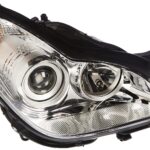 How to Fix Fiat Panda Headlight Failures: Step-by-Step Guide
How to Fix Fiat Panda Headlight Failures: Step-by-Step Guide
If you want to know other articles similar to Preventing Engine Overheating in Your Fiat Panda you can visit the category Fiat Panda.
Leave a Reply




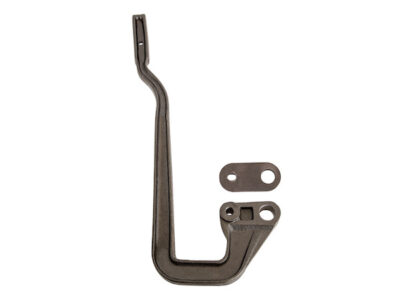

More content of your interest